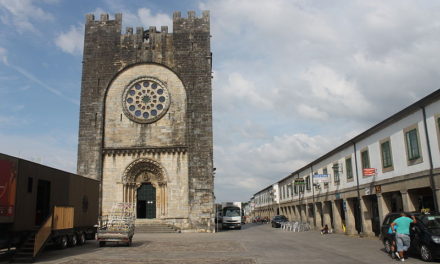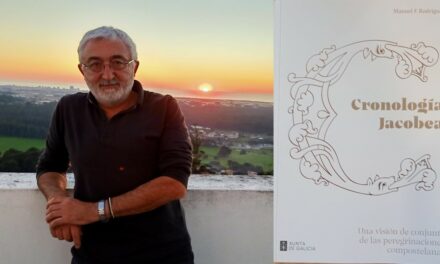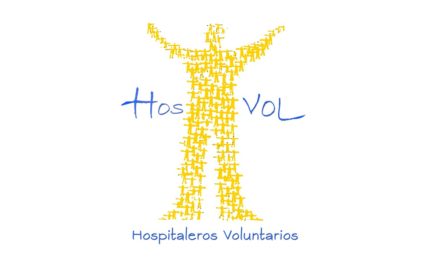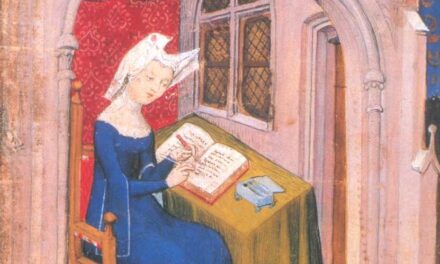The monastery of Samos has for centuries played a major role in a section of the Camino de Santiago that runs between Triacastela and Sarria, following the fertile plain that runs parallel to the route cited in the Codex Calixtino and most of the pilgrimage itineraries. The abbey sits on a bend in this glen, with the river Ouribio washing up against its walls. Both the river and the majestic architecture of the abbey are what bestow an identity on the town that, like the municipality, owes its Name to the monastery.
Samos is one of the largest and oldest Galician monastic foundations, whose origins date back to the sixth century. From its long history marked by the most diverse events, it is especially interesting to remember its relationship to the pilgrimage to Santiago de Compostela.
We know that since the 9th century when the remains of the Apostle were discovered, the pilgrims who came to visit the tomb of Santiago were welcomed by the monks, who offered them the proverbial Benedictine hospitality. This may be deduced from the record of the donations made to the monastery during the Middle Ages by numerous kings and members of the local gentry, in order to support the hospitable work of the monastery. Arias Cuenllas, a historian and monk of Samos, published some of these documents, such as one dating from the year 1064 in which the donation made to the monastery by a gentleman from the area is collected “in order to serve as relief and spiritual remedy”, as well as temporal help to the monks themselves, the poor, the pilgrims, foreigners and guests who came to the monastery.
In addition to serving as a guest house, the monastery offered pilgrims a nursing service that had the most essential drugs for the use of monks and pilgrims who came for help. The ointments, plasters and medicines made from the plants its garden gave rise in the seventeenth century to a chemists or primitive pharmacy, which was also open to the local inhabitants. of the area.
To understand the greatness of Samos, it may be helpful to remember what its assets, property, and sources of income were. From the Middle Ages, the abbey was at the centre of a territory that covered 33 parishes and, in addition, had the right of jurisdiction of parishes located in Salnés, Ourense, Astorga, and other areas of the territory of Lugo. It also possessed eight priories with their own surrounding territories : Louzara, O Mao, Vilela, El Bierzo, Mourulle, Moreda and Barbadelo, whose church stands right beside the Camino de Santiago.
The real treasure of the monastery and its main source of income was the sale of iron from its ironworks. Since the mid-fifteenth century the monks, being well aware of the abundance of iron ore in their territories in the province of Lugo, had been concerned with setting up these small industries. There were six in all and were scattered throughout the territory: in Guntín, Louzara, Quiroga and Valdeorras.











